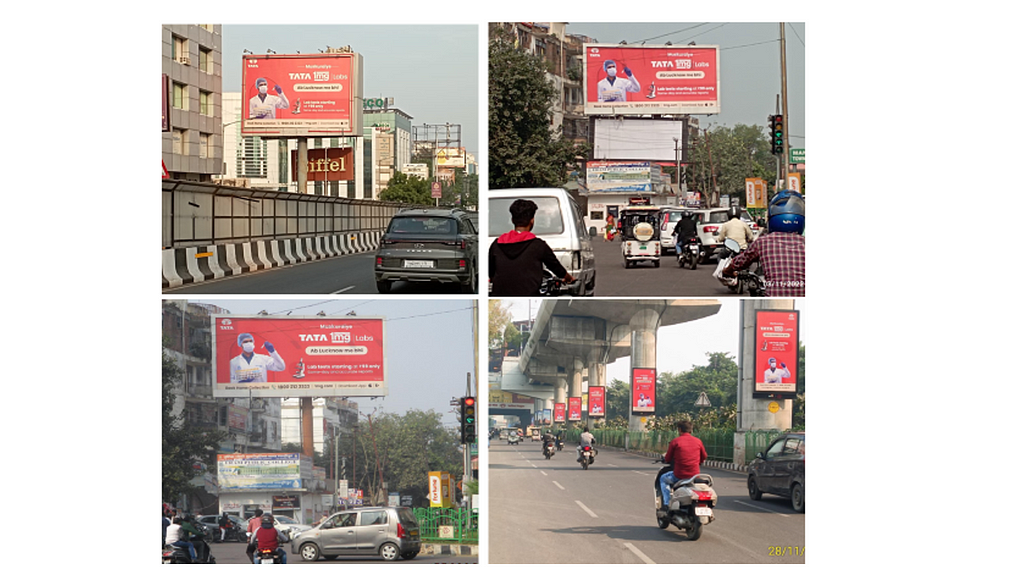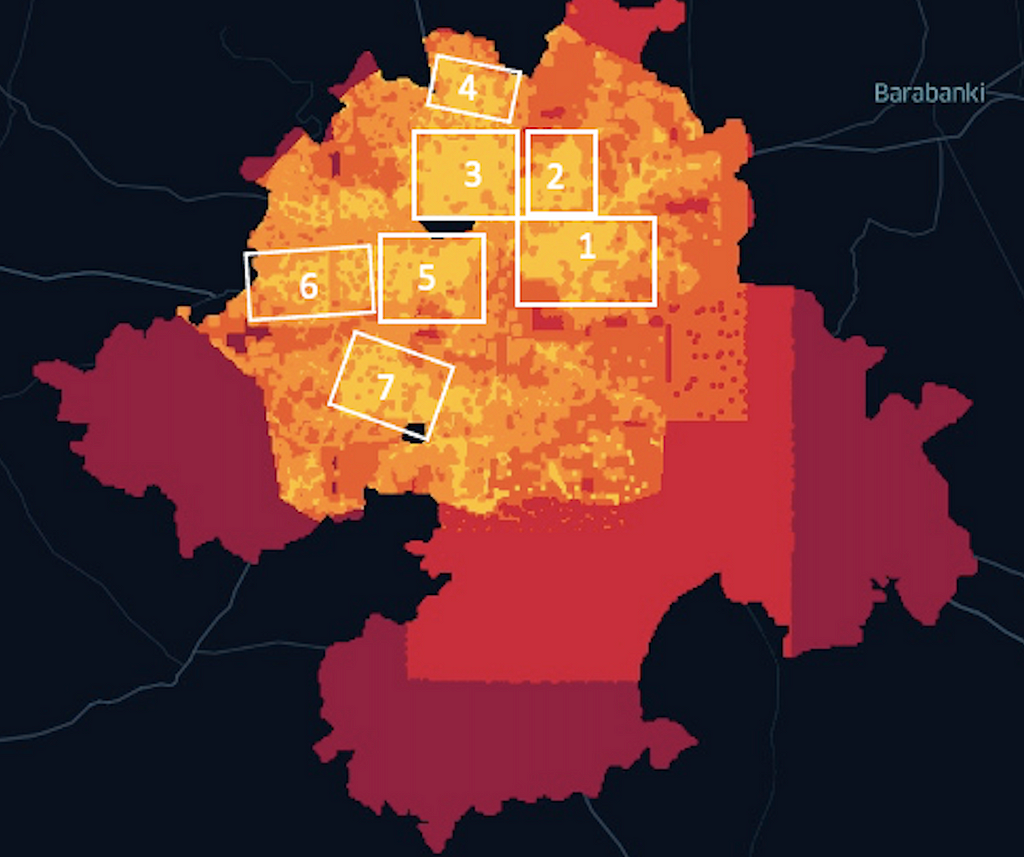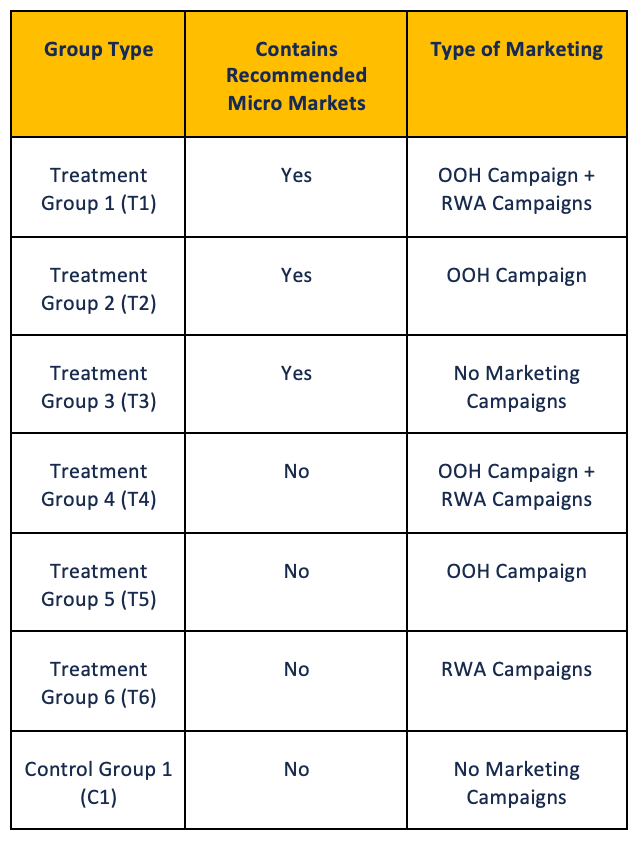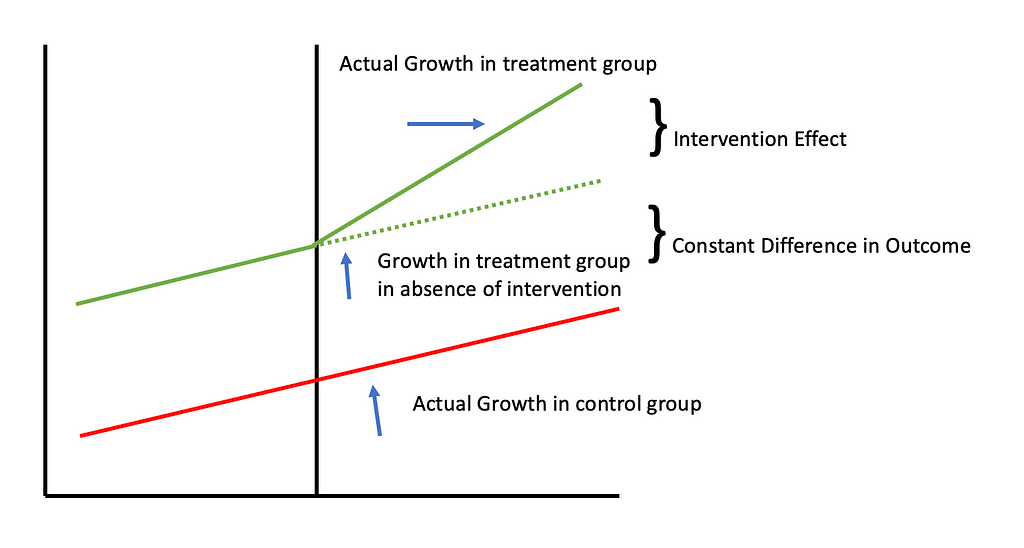
In a world where brands are bombarding customers with content, it is imperative to reach out to people who resonate with your brand and services. This is even more so when you operate in category such as diagnostics that has a high cost of acquiring customers.But before delving into the challenges of entering the diagnostics market and the solutions piloted by Tata 1mg Labs — the diagnostics arm of Tata 1mg, let’s address a fundamental question: What exactly is diagnostics?

Diagnostics refers to tests to identify ailments or a person’s wellness based on specific indicators.In India, this sector is fragmented, containing multiple standalone players and chains. Additionally, low purchase frequency and order value, and the nature of purchase being a well-researched one pose challenges for driving revenue and new user acquisition through marketing. Hence, when promoting its high-quality and affordable lab tests in Lucknow in November 2022, Tata 1mg achieved these twin goals in a cost-effective way by piloting a data-backed targeted campaign instead of a mass media one.The team identified micro-markets with high sales potential to execute this campaign. Geospatial intelligence — the science of tagging information to geographical points like latitude-longitudes or geohashes — was used to identify these target areas having homogeneous demographic, catchment, and sales characteristics.
Here’s how Tata 1mg Labs did it!

Step 1: Analysing Market Data
We analysed the market data available on the following parameters to develop the micro markets:
- Demographics — Factors such as population density, age groups, income profile, etc
- Sales — Factors of a monetary nature such as Revenue generated through diagnostic centers, UPI Growth %, etc
- Catchment — Factors pertaining to count of landmarks such as hospitals, food joints, etc at a location
- Competition — Factors pertaining to the count and distance of competing players
Assessing locations on these parameters would result in higher revenue and orders, and cost optimisation.
Step 2: Micro Market Identification
Ranking pin codes as per their sales potentialWe followed a two-step process for this.
- Information on 15 parameters across the above 4 categories i.e. demographics, sales, catchment and competition was identified for each pin code.
- Each parameter was assigned a weight and a weighted average was calculated for each pin code. Pin codes with a higher weighted average/ score were deemed to have higher sales potential.
 Pin codes scored
Pin codes scoredRanking 150m X 150m Grids:We repeated the process for every 150m X 150m grid in each pin code.The grids in red have a better rank based on higher scoresCreating Clusters:We then clustered areas that received a higher score together to create micro markets of 5–7 sq km as demonstrated below, which we considered as our recommended micro-markets.
 Formation of the clusters
Formation of the clustersStep 3: Experiment Design
To understand the impact of the targeted/ Below The Line (BTL) campaign on the micro markets, we established treatment and control sets with the former referring to locations where the campaigns were conducted and the latter where they weren’t. This would help us measure the success of marketing campaigns in recommended micro markets where the campaign was conducted as opposed to where they were not.Overall the areas were divided into 7 groups with varying treatments (including control). We conducted the following types of campaigns in the treatment groups:
- Resident Welfare Association Campaigns: This involved conducted testing camps, putting Tata 1mg Labs co-branded hoardings at the entrances of apartment complexes and distributing pamphlets detailing the affordable prices.
- Out-of-Home (OOH) Campaigns: Putting up Tata 1mg Labs billboards and posters on ad-spots on traffic-poles.
The following table lists the type of marketing happening within each group:

Each group was to be measured on the following topline and cost metrics:
- User growth (Overall and New)
- Order growth (Overall and New) and
- Net Revenue growth (Overall and New)
- BTL marketing cost
- Return on Ad Spends
We measured impact through the Difference-in-Difference method. To start with, we established the baseline in Lucknow, considering a period when we ran no sales operations and Tata 1mg Labs was not set up in the city. Once this was done, we compared the growth in the Recommended and Non-Recommended areas in the treatment period against the baseline.

Step 4: Execution of the Experiment
We took the support of the Diagnostics Offline Growth and Marketing teams to execute our plan.

Step 5: Impact Measurement
- T1 and T2 containing recommended micro markets witnessed 2X growth in ROI than non-recommended treatment group T5
- T1 and T2 reported more than 80% lower Cost per Order than T5
- Marketing campaigns in T2, T1, and T3 resulted in higher overall user growth, overall order growth, and new user acquisition, compared to comparable campaigns in T5, T6, and C1
- Markets with only OOH campaigns saw higher new user acquisition than those with both RWA campaigns and OOH campaigns. Hence, one can get better returns with less investment.
- Non-recommended micro markets witnessed similar growth rates for users and orders as those in the control set i.e., comparing T5, T6 to C1.
All User and Order Growth benchmarked against the control set.
 All User and Order Growth benchmarked against the control set
All User and Order Growth benchmarked against the control setConclusion
Recommendations based on geospatial intelligence can help achieve higher user and top-line growth. As it gets increasingly important to customise offerings and communication for users, such information offers the opportunity to understand the customer base and service them better. It can also be used to customise the type of campaign to be run in a location.
How Tata 1mg Labs used location intelligence for smarter marketing campaigns was originally published in Tata 1mg Technology on Medium, where people are continuing the conversation by highlighting and responding to this story.
- Log in to post comments
- 5 views
